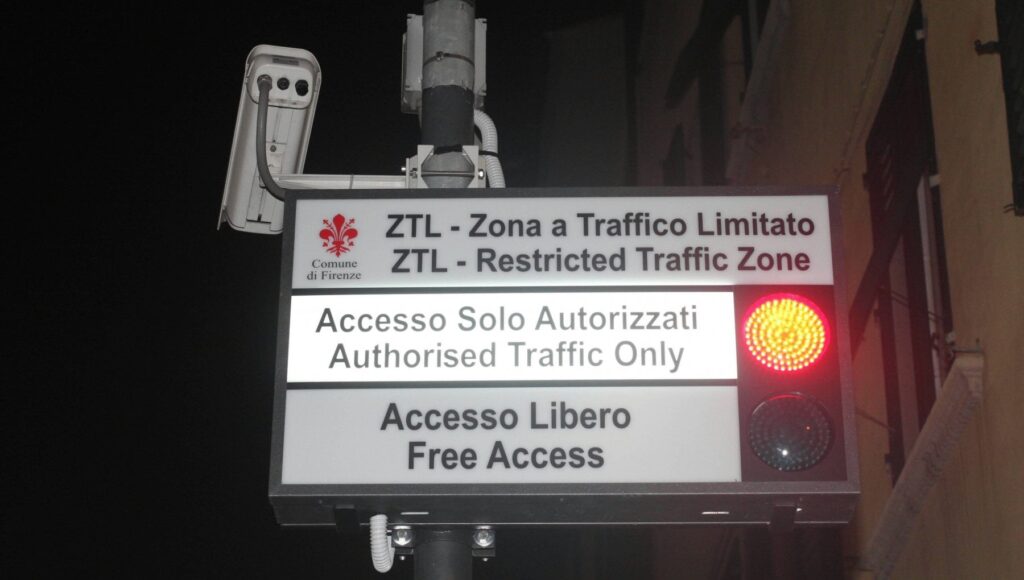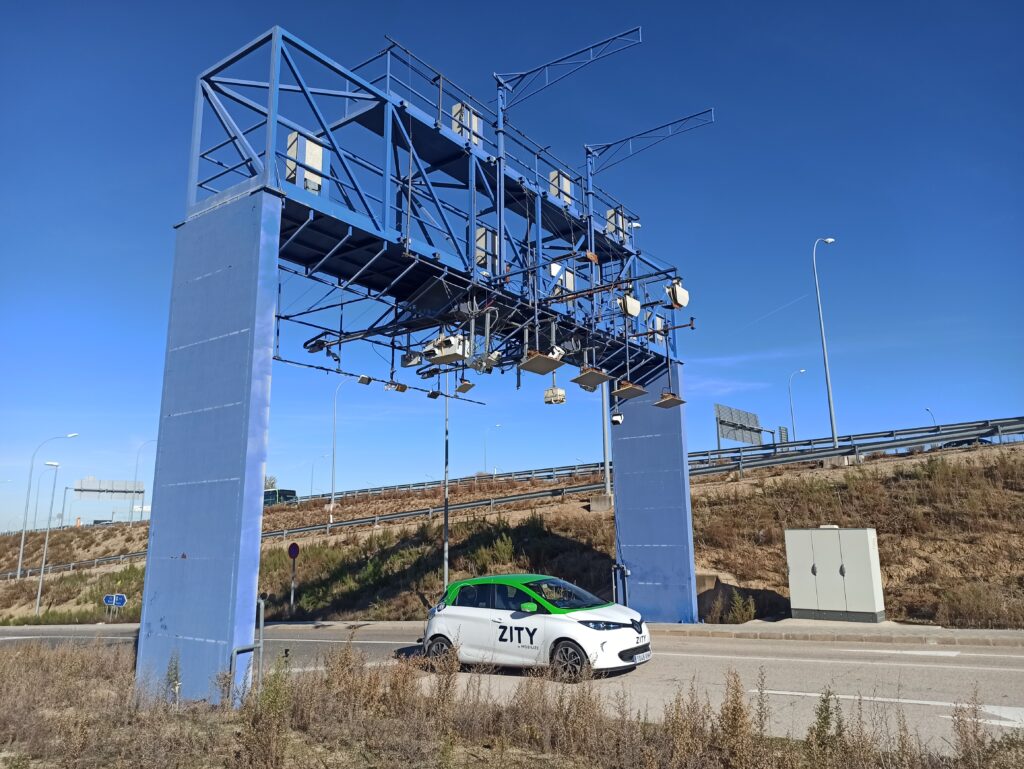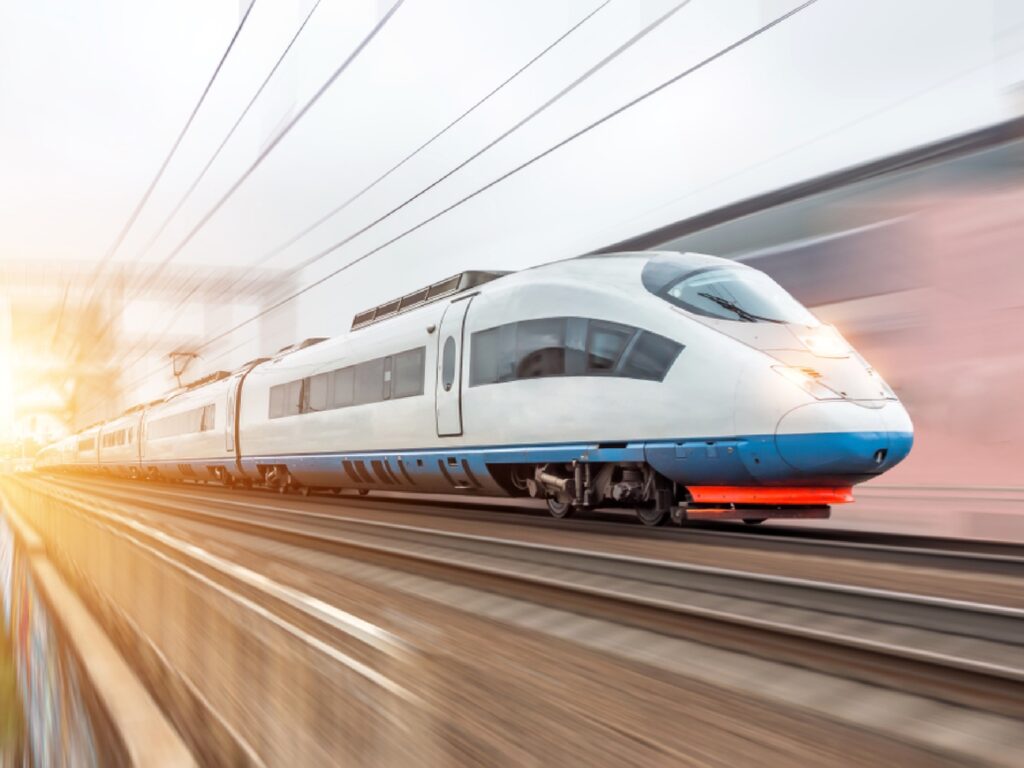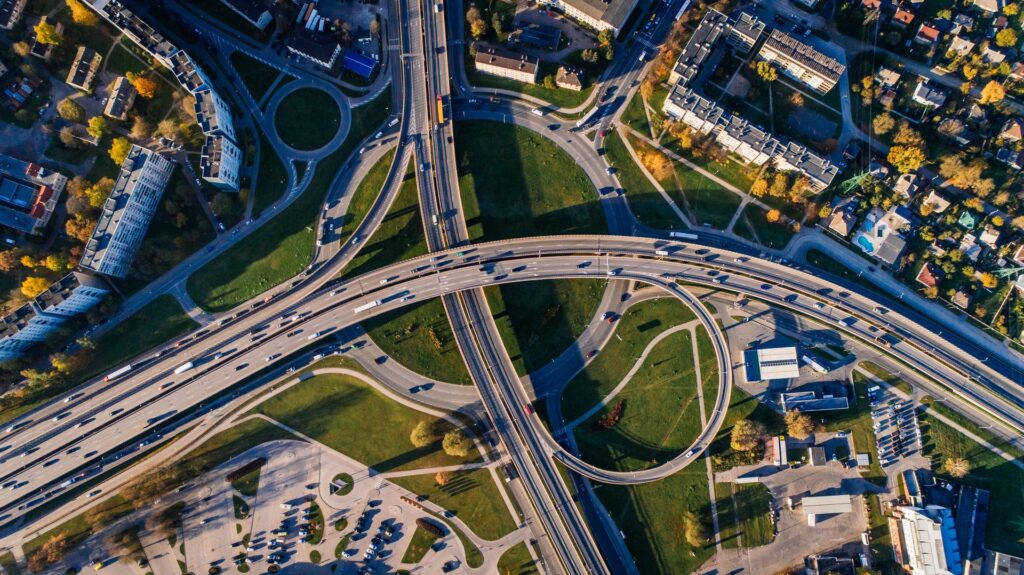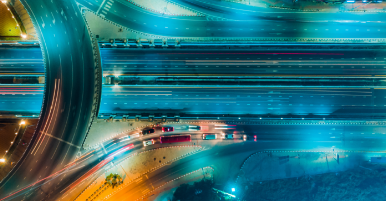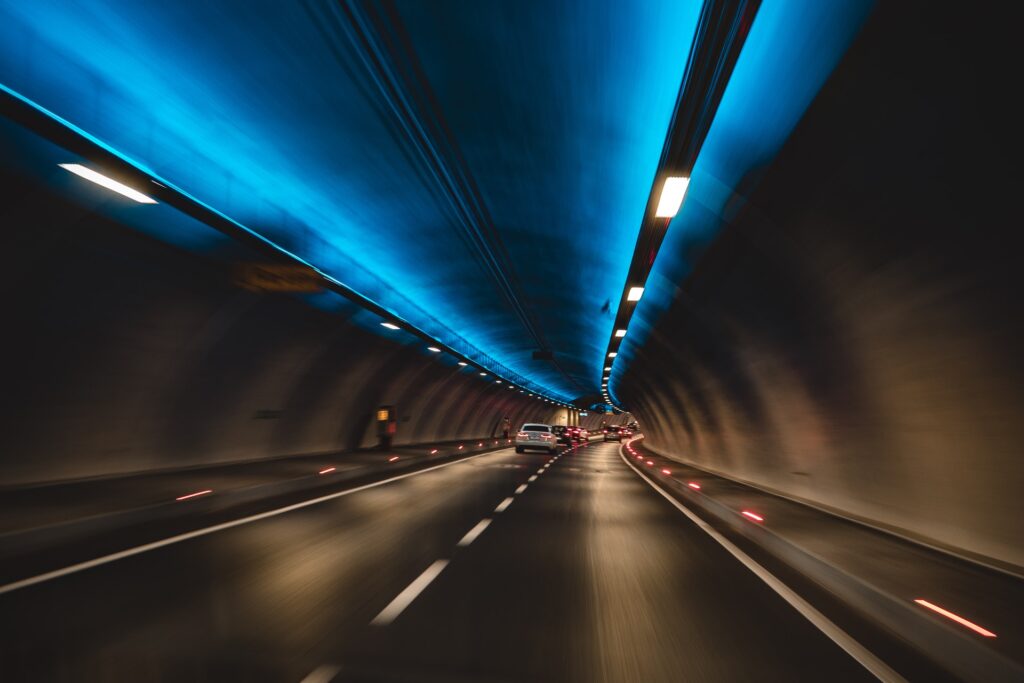Solution
Monitoring Noise by Remote Sensing
NEMO includes the development of an autonomous remote sensing system to measure noise emission from road and rail vehicles under actual driving conditions. The technological development means it will be possible to identify individual road vehicle’s or train wagons noise emissions within a traffic stream, without interrupting the traffic flow. Besides the real time monitoring of individual vehicles, the system will be able to separate if the noise origin from engine acceleration or tyre-road-interaction. .
The development of an autonomous remote sensing system to measure the noise under actual driving conditions s enables continuous detection of vehicles emitting more noise than the levels set at type approvals. This can be due to poor vehicle condition, intentional noise-increasing modifications, or certain noisy driving behavior such as high accelerations. For trains, wagons fitted with cast iron block brakes can be especially noisy.
The autonomous remote sensing system to measure noise emission consists of several microphones (microphone array) to detect sound sources. Additionally, a doppler radar will be used to gather information on velocity and acceleration of objects. A camera detects the license plate or identification number to compare the measured values with the normative values for the vehicle or wagon and to link the noise to a specific vehicle or train wagon. A Microphone array technology can determine the position of sound sources. The sound level of each individual vehicle can be detected by close-proximity microphones. In the case of vehicles in the near proximity, potentially influencing the measured sound level, the contribution from other vehicles than that of interest can be mathematically removed. Data collected by the monitoring system are fed into a classification model to determine whether or not the passing vehicle is a “high emitter”
This project will bring the noise monitoring system from experimental laboratory tests through a validation process at the test site of the Joint Research Center in Austria, onto real-life demonstration in an urban environment in Florence and Madrid and along a major railway freight line in the Netherlands. Here, operability and infrastructural integration is demonstrated.
The noise monitoring system will be mainly developed in Munich, Germany in the premises of Müller-BBM, presently one of the leading German consulting engineering companies in the areas of noise control, Müller-BBM Rail Technologies who specializes in measuring and monitoring systems and software tools specifically tailored for the needs of railway operators, manufacturers and authorities.
Demos
This solution in action
NEMO is also testing the solutions – see how in our demo projects
